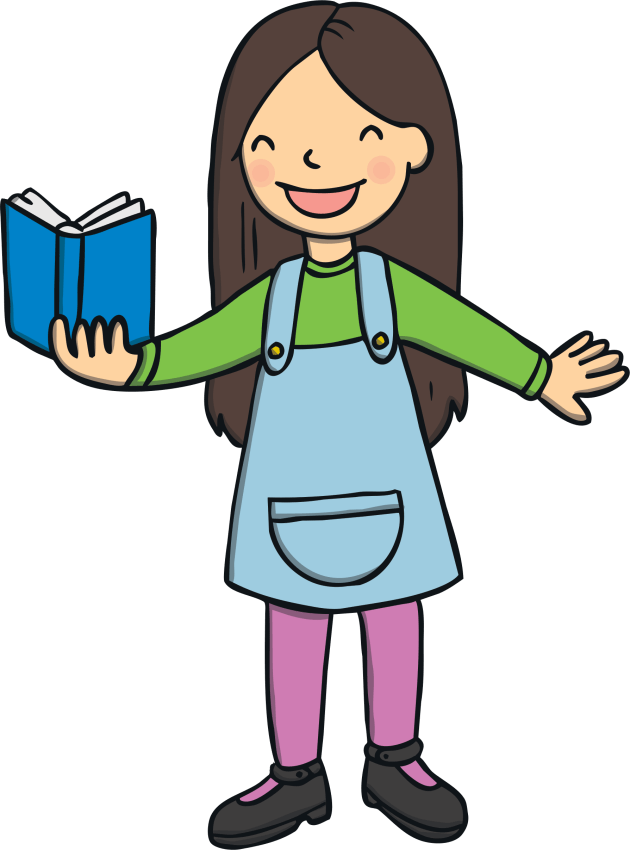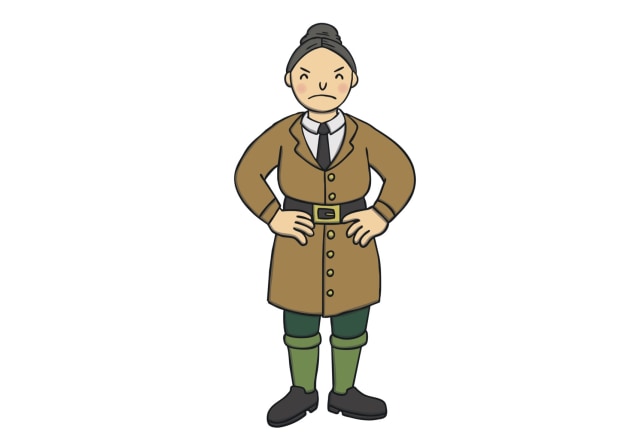



Matilda is a children’s story written by Roald Dahl, first released in 1988. It’s about a young girl named Matilda Wormwood, who has an incredible intellect and magic powers, including the ability to levitate objects.
She is a lover of books, and can read stories meant for adults by the age of four. Her clear intelligence goes unnoticed by her uncaring family, who often treat her badly. Her parents even refuse to let her go to school despite her wishes, and she is kept from attending at first.
When eventually able to go to school, Matilda is placed in the lowest class within Crunchem Hall Primary School. Luckily, this is Miss Honey’s class. This kind-hearted teacher instantly recognises Matilda’s intellect and is determined to help her, by pushing her ahead in her education.

However, Crunchem Hall is run by an evil woman named Miss Trunchbull, a bitter and cruel headmistress who uses her large size and athletic ability to torment kids who get on the wrong side of her. She makes Crunchem Hall into a makeshift prison, locking children in the “chokey” if they misbehave (a room which is literally a closet filled with sharp nails and no light!).
After meeting some of Matilda’s friends such as Lavender and Bruce Bogtrotter while getting into adventures at the school, we eventually learn more about Miss Honey’s life. Miss Honey’s parents died when she was young, and she has been under the thumb of her aunt ever since. Her aunt controls her finances, bullies and belittles her, and has even taken her family home away from her. This aunt is none other than... Miss Trunchbull herself!
Matilda hatches a plan to help Miss Honey to get her family home back. She uses her bravery, smarts and supernatural powers to discover that the grand house Miss Trunchbull lives in belonged to Miss Honey all along. She secures the deeds and scares Miss Trunchbull into leaving.
In the end, Miss Honey becomes the headmistress of the school. After Matilda’s parents announce that they plan to move to Spain, Miss Honey offers to adopt Matilda, and the two live happily in the family home they both should have had all along.
If you want to know more about the author who wrote Matilda, try this Wiki page on Roald Dahl.
Matilda Wormwood
Matilda is an exciting protagonist for children to follow. She is brave, clever and a bit of an outsider in relation to her family. Though growing up in hard circumstances, she still sees the good in the world. Early in the book, we are treated to some funny examples of Matilda getting her own back on her parents, like gluing her father's hat to his head, and sticking a parrot in the chimney to make them think there’s a burglar or ghost around.
Miss Honey

Miss Honey is described as "a mild and quiet person who never raised her voice, and was seldom seen to smile, but there is no doubt she possessed that rare gift for being adored by every small child under her care".
This gentle nature is one of the characteristics that makes her such a good fit for Matilda. The two have also shared similar ill-treatment from people who were meant to take care of them.
Mr and Mrs Wormwood
The difference between Matilda and the Wormwoods is especially highlighted by their disgust at Matilda’s interests in reading. They have nothing in common with their daughter. Her father in particular is characterised as a liar and a cheat, due to his dodgy used-car business.
Miss Trunchbull

Agatha Trunchbull is one of the most memorable villains in children’s literature. Her cruelty and unfair treatment of children at the school leads to some of the most action-packed sections of the story.
Lavender
She is one of Matilda’s closest friends at school. In chapters 12 and 13, Lavender tricks Miss Trunchbull by making her drink a glass of water with a newt in it, as a form of payback for all the horrible things she has done to the children. It’s this bravery, along with the bravery of her classmates, that makes Matilda eventually defeat their wicked headmaster.
Bruce Bogtrotter
Bruce Bogtrotter is bullied by Miss Trunchbull for his weight and his love of cake. She even calls him a ‘blackhead’, a ‘foul carbuncle’, and a ‘poisonous pustule’. This leads to one of the most memorable moments in the text, where the wicked Trunchbull attempts to humiliate Bruce in front of the school by making him eat a whole chocolate cake. The plan backfires when the kids begin to cheer Bruce on, and he rebelliously does what she asks without getting nauseous.
You might like this full teaching pack for Roald Dahl Day.
Matilda has a humour and cleverness that many children will love. Because of its themes of bullying and mistreatment, it’s recommended that adults first make sure that their children are comfortable with darker themes.
Though the book is intentionally cartoonish, it still portrays school as a dark and dangerous place, which might frighten some younger readers. Children reading this book should have some understanding that the world of the book isn’t ‘real’, but is instead a caricature of uncaring adults.
The book is also a challenge for young readers because of its length and creative use of language. For individual reading exercises, look at studying Matilda in middle to upper primary school, when children are looking for more advanced stories that speak to them at their level.
Roald Dahl’s ability to write a world through the eyes of its child protagonists is one of the reasons he remains a firm favourite for teachers of primary English the world over.
Looking to teach a lesson on Matilda? Here are a few relevant resources that have been designed specifically to support lesson planning on this topic:
If your end goal is to work towards writing a book review, then you might want to try this video on Twinkl’s YouTube channel. It features tons of top tips for writing book reviews: